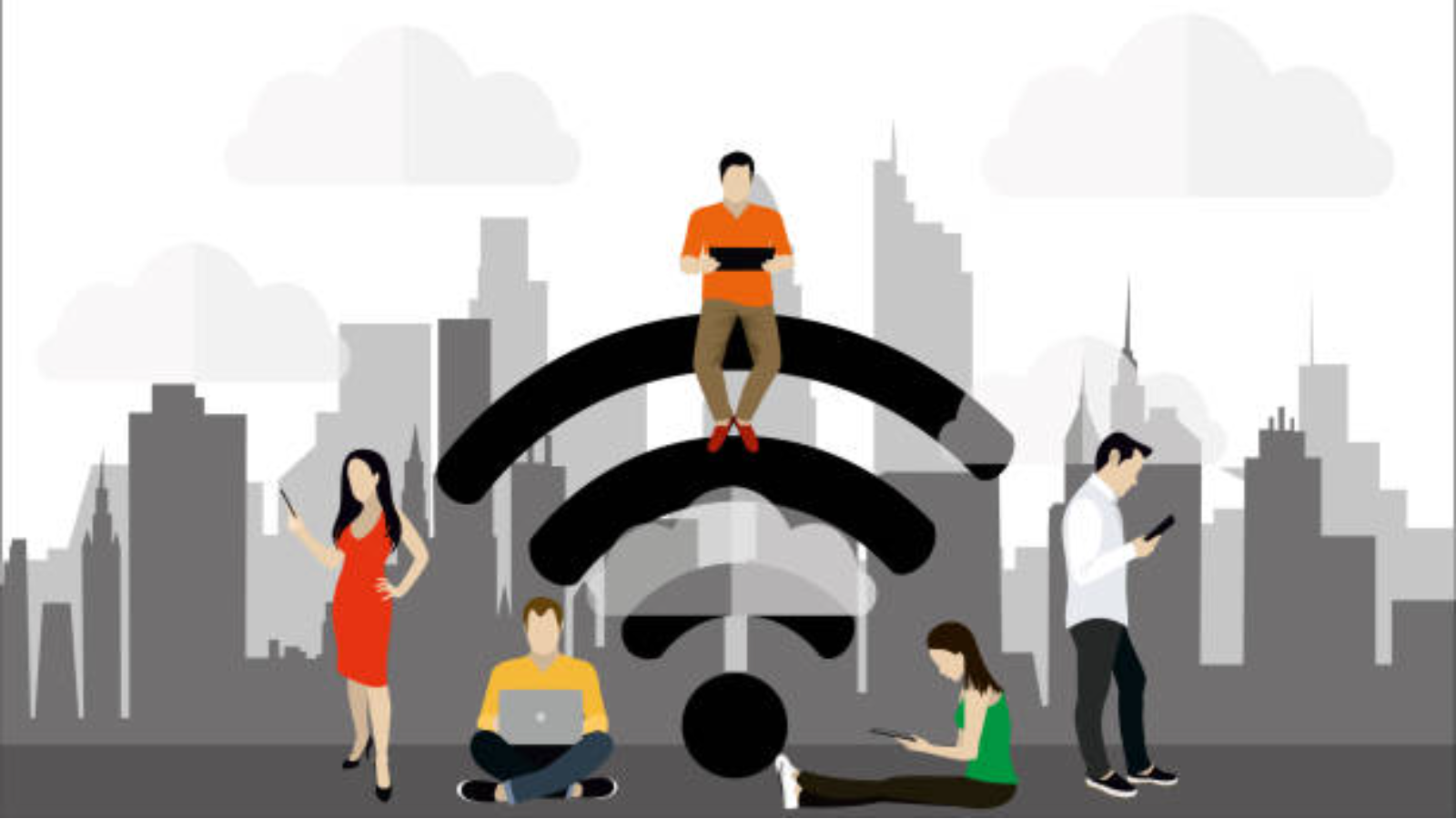In this Article
Introduction
In an era where urbanization is accelerating at an unprecedented pace, the concept of a “smart city” has emerged as a beacon of hope for sustainable and efficient urban living. With populations in urban areas continuing to swell, the challenges of managing resources, ensuring safety, and maintaining a high quality of life for all residents have become more pressing than ever. Smart cities aim to address these challenges by leveraging cutting-edge technologies and data-driven strategies to create more resilient, adaptive, and responsive urban environments. But what makes a city truly “smart”?
This guide delves into the key components that transform a regular city into a smart city, offering insights into the technologies, strategies, and innovations that drive this transformation.
What Makes a Smart City?
A smart city leverages technology and data to improve the quality of life for its residents, enhance the efficiency of urban operations and promote sustainability. Here are the core elements that define a smart city:
1. Intelligent Infrastructure
Smart cities are built on a foundation of intelligent infrastructure that integrates advanced technologies to optimize urban functions. This includes:
- Smart Grids: These are electricity networks that use digital communications technology to detect and react to local changes in usage, improving the efficiency and reliability of electricity distribution.
- Smart Water Management: Systems that monitor water usage, detect leaks, and manage water distribution more efficiently.
- Intelligent Transportation Systems: These include smart traffic lights, connected vehicles, and public transportation systems that use real-time data to reduce congestion and improve mobility.
- Smart Buildings: Incorporating IoT devices and energy-efficient technologies, smart buildings optimize energy usage, improve safety, and enhance the comfort of occupants.
2. Data-Driven Decision Making
Data is the lifeblood of a smart city. By collecting and analyzing vast amounts of data from various sources, cities can make informed decisions that enhance urban living. Key aspects include:
- IoT Sensors: Internet of Things (IoT) sensors are deployed throughout the city to gather data on everything from air quality to traffic patterns.
- Big Data Analytics: Advanced analytics tools process the collected data to provide actionable insights for city planners and administrators.
- Predictive Analytics: Using historical data and machine learning algorithms, cities can predict and mitigate potential issues before they become problems.
- AI and Machine Learning: These technologies are used to optimize resource allocation, improve emergency response, and enhance public safety.
3. Citizen Engagement and Services
A smart city prioritizes the needs and well-being of its residents by offering enhanced services and fostering active citizen engagement. This is achieved through:
- E-Government Services: Online platforms that allow residents to access government services, pay bills, and report issues without having to visit municipal offices.
- Mobile Apps: Applications that provide real-time information on public transportation, city events, and emergency alerts.
- Participatory Platforms: Tools that enable residents to contribute to city planning and decision-making processes, ensuring that their voices are heard.
- Community Wi-Fi: Providing free or low-cost Wi-Fi access to ensure that all residents can connect to the digital world.
4. Sustainability and Environmental Stewardship
Smart cities are committed to promoting sustainability and reducing their environmental footprint. This involves:
- Renewable Energy Sources: Integrating solar, wind, and other renewable energy sources into the city’s power grid.
- Waste Management Systems: Implementing smart waste collection and recycling programs to minimize landfill use.
- Green Spaces: Creating and maintaining parks and green areas that enhance biodiversity and provide recreational spaces for residents.
- Sustainable Mobility: Encouraging the use of electric vehicles, bicycles, and public transportation to reduce carbon emissions.
5. Economic Development and Innovation
Smart cities foster economic growth and innovation by creating an environment that supports businesses and entrepreneurs. This includes:
- Innovation Hubs: Establishing centers where startups and tech companies can collaborate and develop new solutions.
- Smart Manufacturing: Utilizing advanced technologies like robotics and IoT to enhance manufacturing processes and productivity.
- Digital Economy: Supporting the growth of e-commerce, fintech, and other digital industries that drive economic development.
Conclusion
In summary, what makes a city smart is its ability to integrate technology, data, and citizen-centric services to create a more efficient, sustainable, and livable urban environment. By focusing on intelligent infrastructure, data-driven decision-making, citizen engagement, sustainability, and economic development, cities can transform themselves into smart cities that meet the challenges of the 21st century. This transformation improves the daily lives of residents and prepares cities for future challenges such as climate change and population growth. Ultimately, smart cities represent a harmonious blend of technology and humanity, working together to build a better future for all.
How Can We Help?
At AlphaX, we understand the complexities and challenges involved in transforming a city into a smart city. Our comprehensive ecosystem offers innovative solutions that address these challenges head-on. From intelligent infrastructure to data analytics and citizen engagement platforms, we provide the tools and expertise needed to create a truly smart city.
Visit our contact page to learn more about how we can help you achieve your smart city goals.
References
Related Blog Posts
How Smart Cities Connect: Getting Started with Edge AI and IoT Technology
How to Get Started with Edge AI and IoT Technologies in Smart Cities: Overcoming Integration Challenges In recent years, the concept of smart cities has evolved from a futuristic Read More
5 Step Strategy: Ensuring Security and Privacy in 15-Minute Smart Cities
Introduction Ensuring security and privacy in 15-minute smart cities is a critical challenge as urban areas become increasingly connected through IoT and edge AI technologies. These cities aim to Read More
What is a smart city and the challenge of legacy systems
How to Get Started with Integrating Legacy Systems in Smart Cities Smart cities are transforming urban landscapes by leveraging technology to improve the quality of life for residents. However, Read More




